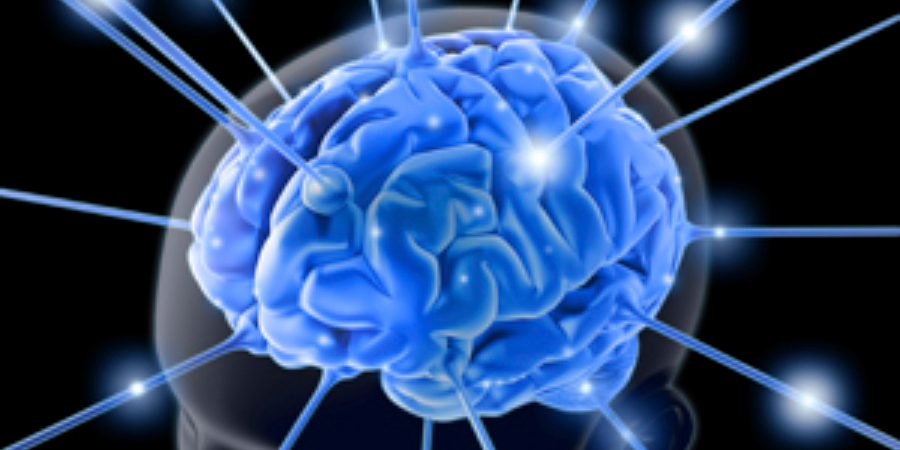What is Alzheimer’s disease?
Alzheimer’s disease is a leading cause of death among older adults in the U.S. What makes this disease so deadly? What are the risk factors associated with Alzheimer’s disease? Watch this SciToons video to learn more.
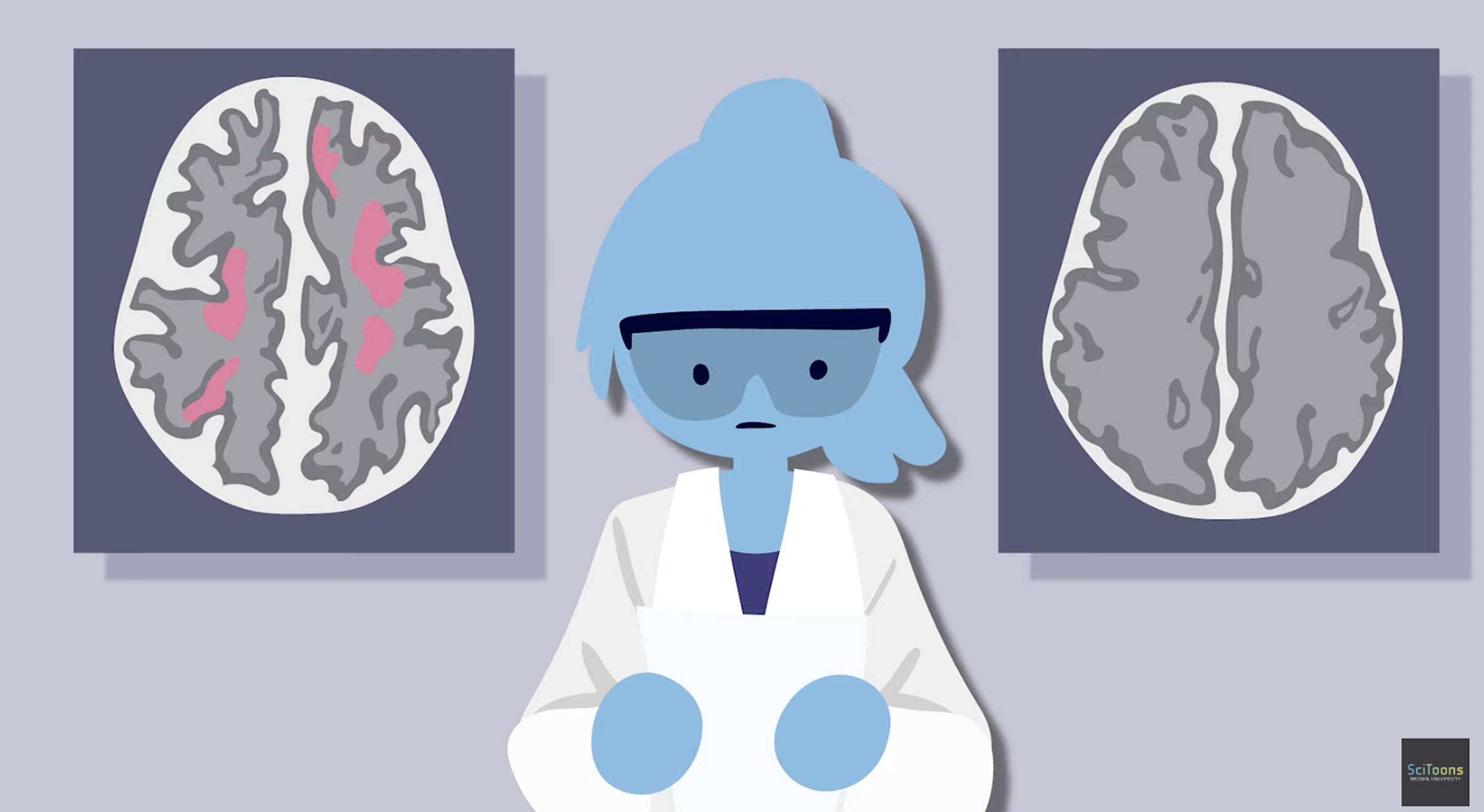
The brain is a source of wonder and mystery. Browse through these resources to find out more about what we know, as well as what we don’t know.
Alzheimer’s disease is a leading cause of death among older adults in the U.S. What makes this disease so deadly? What are the risk factors associated with Alzheimer’s disease? Watch this SciToons video to learn more.

What is the difference between bioluminescence, fluorescence, and phosphorescence? Hint: One is light that is produced by a chemical reaction inside or nearby a living thing when a luciferase enzyme breaks down a small molecule luciferin. This chemical reaction is being used by NSF NeuroNex Technology Hub researchers at Brown University, Central Michigan University, and The University of California in San Diego to better image and control brain activity. Watch this video created by Brown undergraduate and NeuroNex trainee, Raisa Khan, and learn more at bioluminescencehub.org.
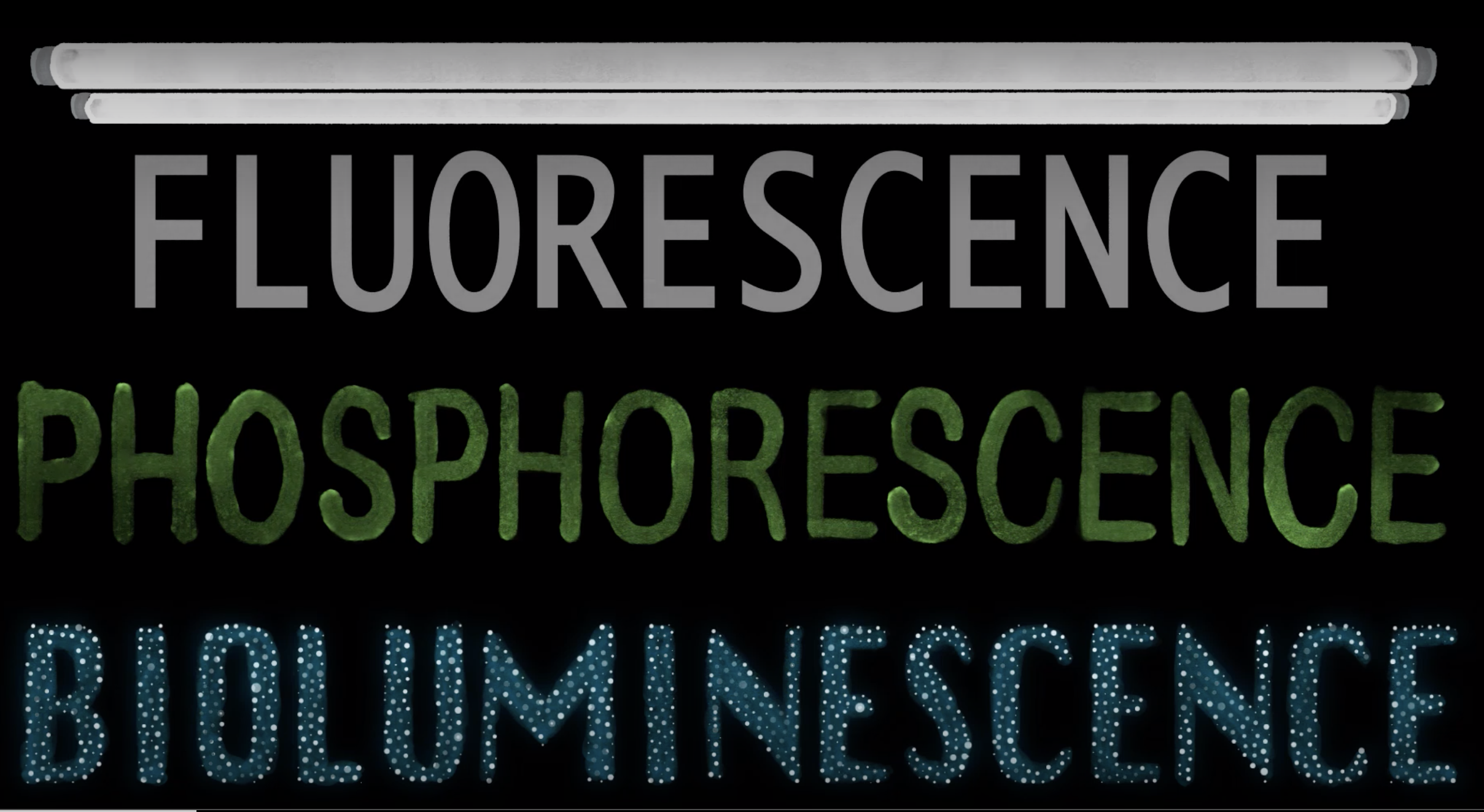
Have you ever sat down to take a test and completely forgotten what you had studied, or opened your fridge and not remembered what you wanted to get? This can be explained by a phenomenon known as context-dependent memory. Watch this SciToons video to learn more.
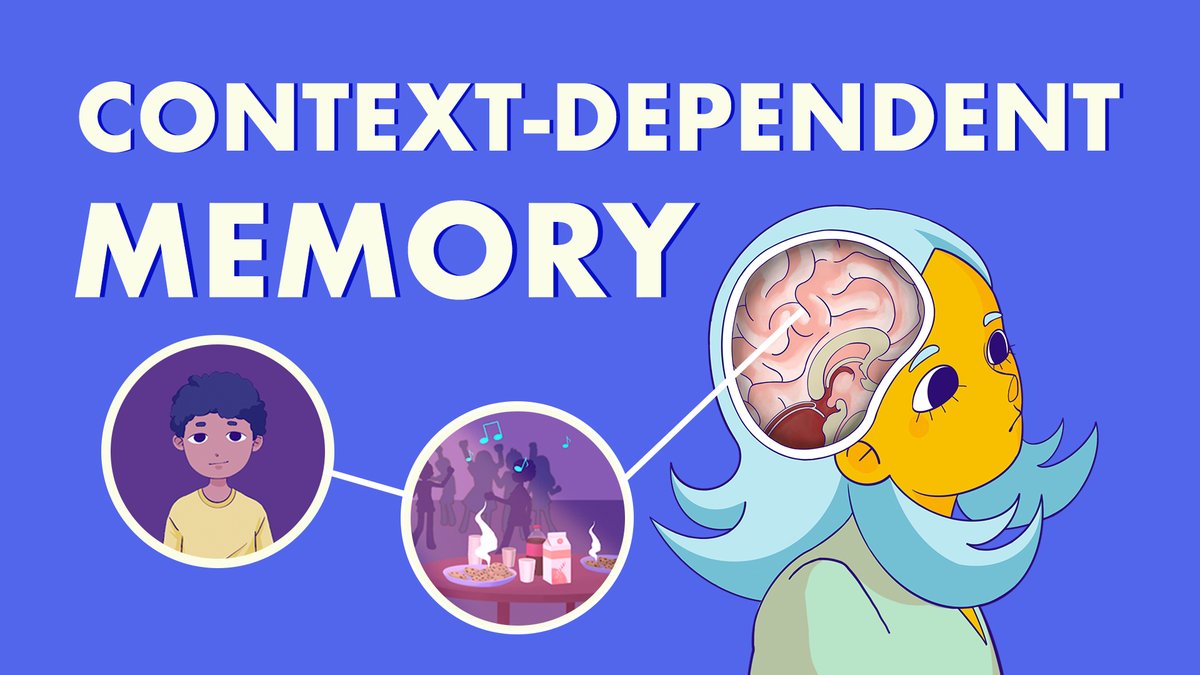
Have you ever wondered how your social media apps recognize who’s who in your pictures? Watch this SciToons video on machine learning and neural networks to find out.
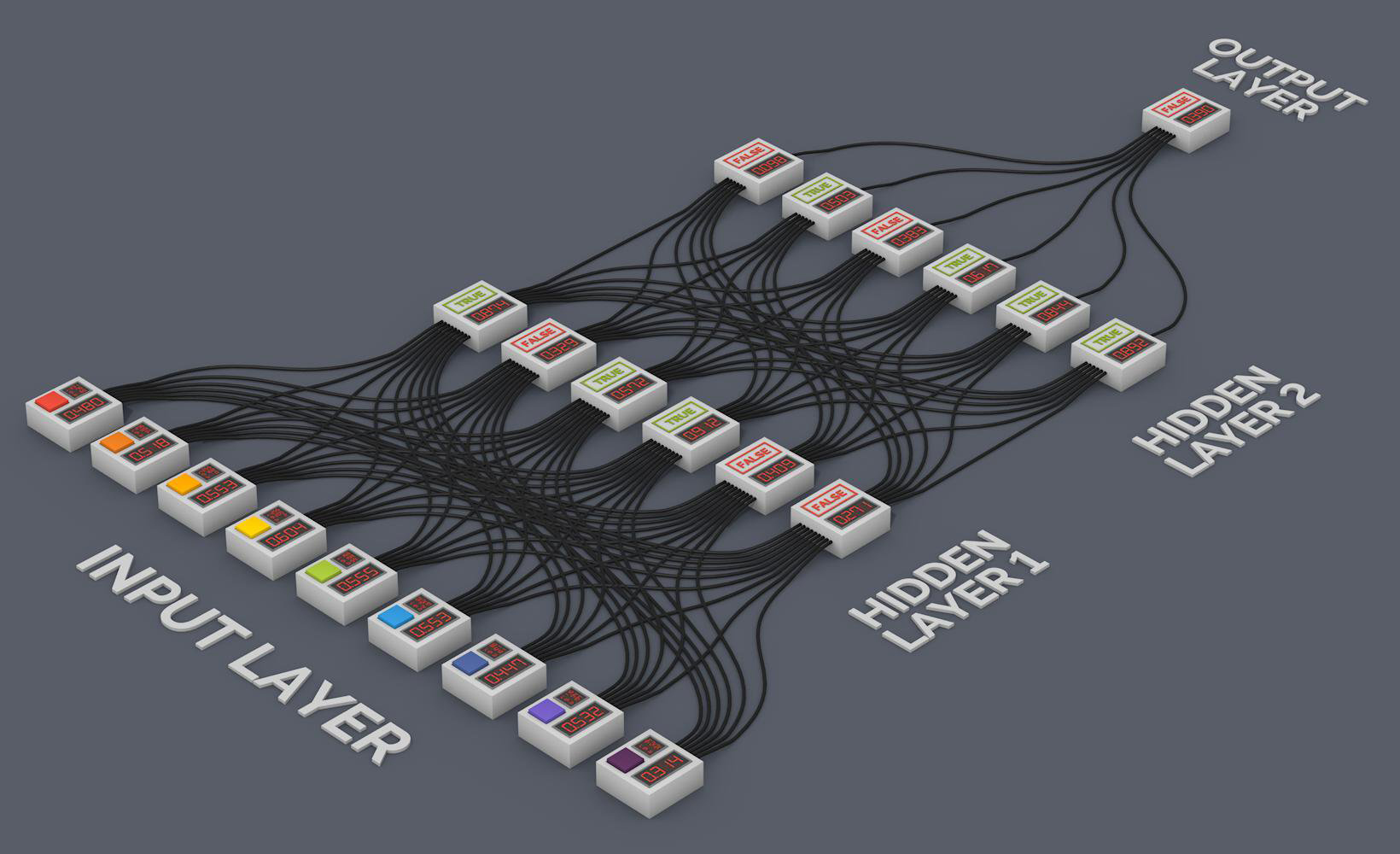
Did you know that your brain sees more than you do? When you look at the world around you, some of what you see gets processed consciously, but other information gets processed without you being aware of it. Information about what you see and how to interact with it are processed in two separate visual pathways. While you may not notice the difference, peculiar examples of brain damage or optical illusions show us that the two streams are separate. Watch this SciToons video to learn more about dual stream processing.
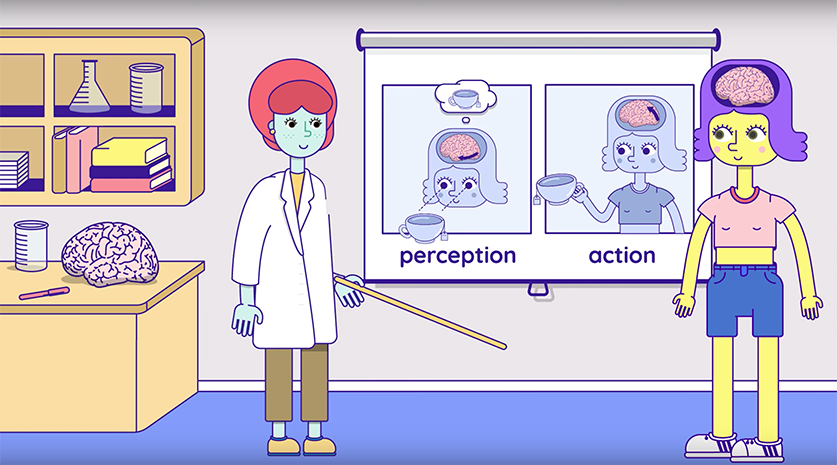
The CRISPR-CAS9 genome editing technology is opening up previously inconceivable possibilities for the manipulation of organisms. Our ethical discussion appears to be far behind the pace of technological development. In this SciToons video, learn how CRISPR-CAS9 can be used to change entire species using the concept of Gene Drive.
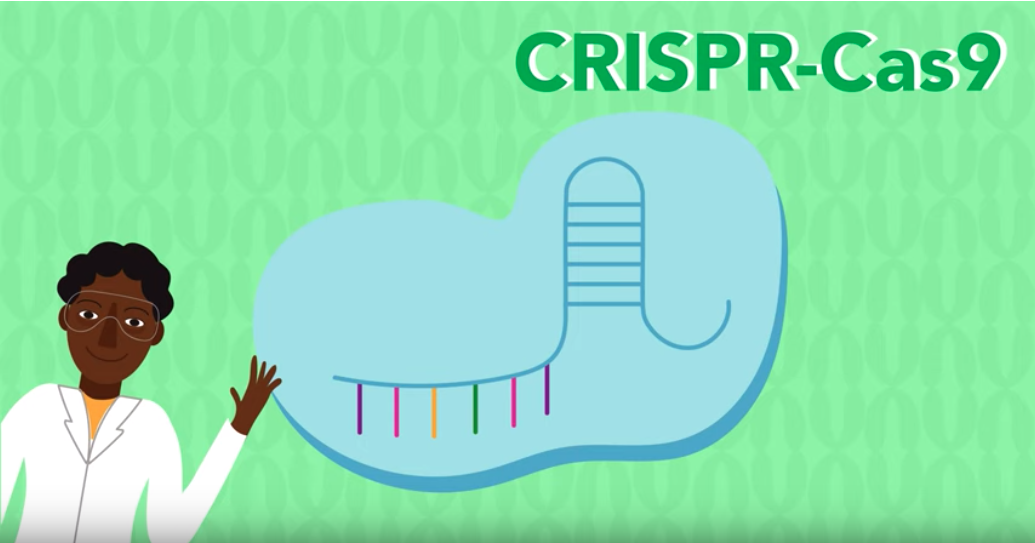
What happens when you have a concussion? Concussions are also called mild traumatic brain injuries. You might be wondering: how do these types of injuries occur? Watch this SciToons video to find out what happens in the brain during and after a concussion.
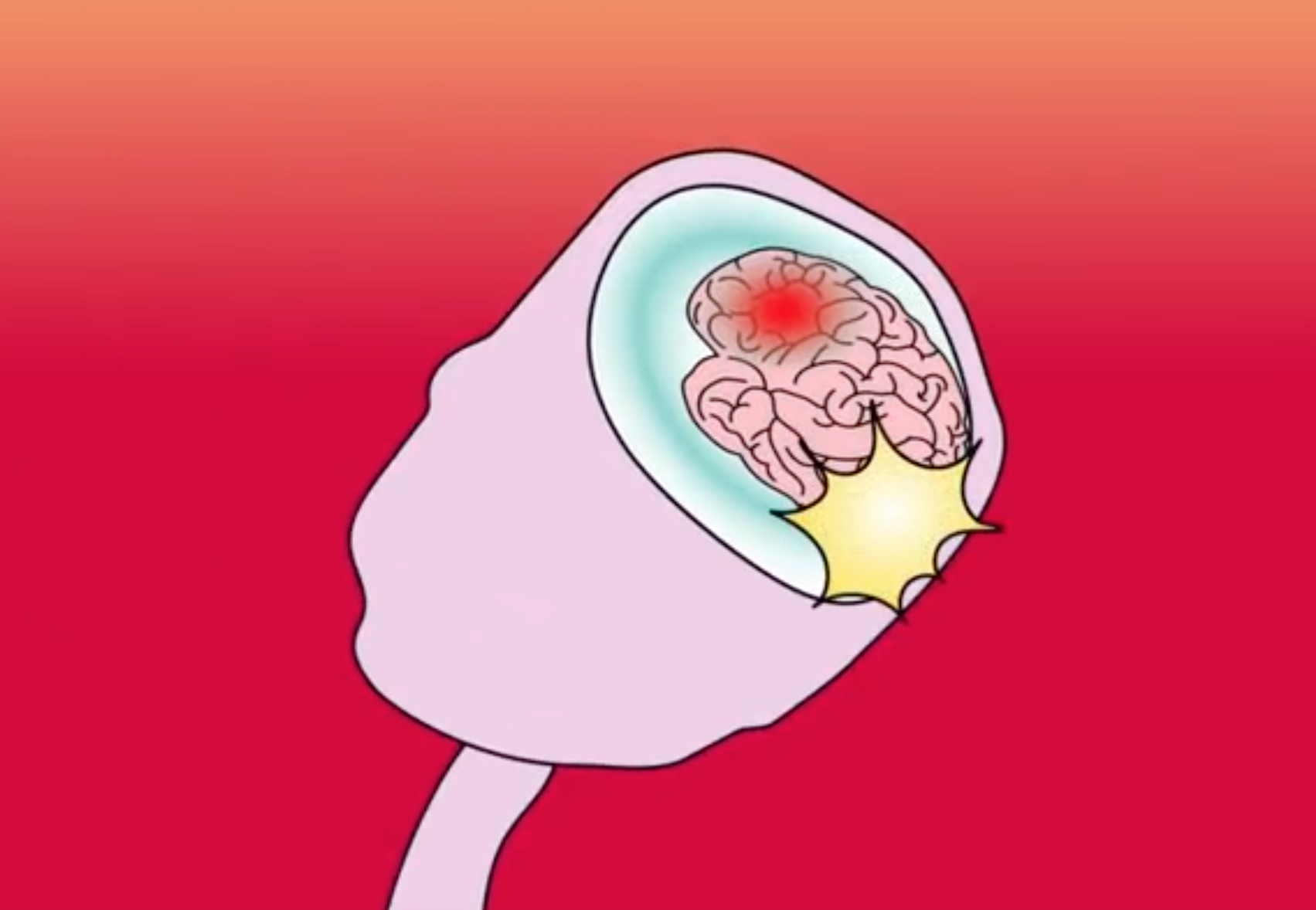
Stroke is the leading cause of disability in American adults, and the sooner a stroke is treated, the less likely it is to cause permanent damage to the brain and body. Watch this SciToons video to learn about the common signs of stroke.
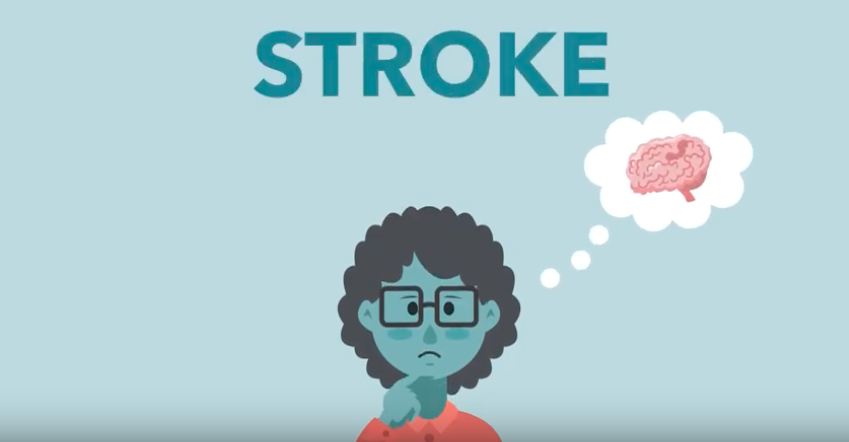
BL-OG is a neuroscience research technique that combines BioLuminescence with OptoGenetics. When BL-OG is used in neurons, it can activate or silence their activity and can cause changes in behavior. In other words, BL-OG can be used to control neurons and behavior, and researchers can see light emitted from their tissue of interest when it is activated or silenced.
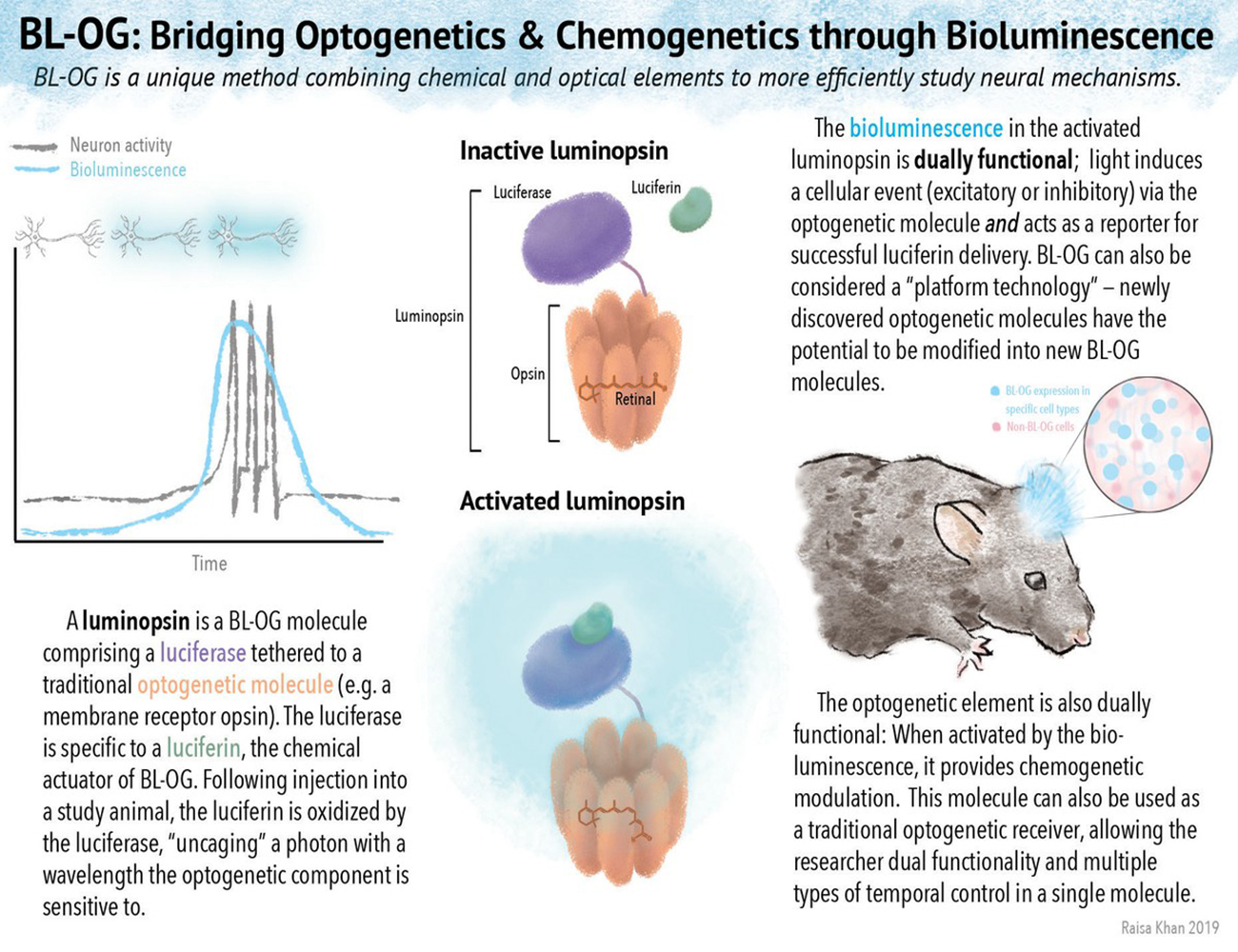
BrainFacts.org is an authoritative source of information about the brain and nervous system for the public. The brain is the most complex biological structure in the known universe. It is a topic rich with exciting new discoveries, continuing profound unknowns, and critical implications for individuals, families, and societies. BrainFacts.org is an initiative of the Society for Neuroscience, the Kavli Foundation, and the Gatsby Charitable Foundation.
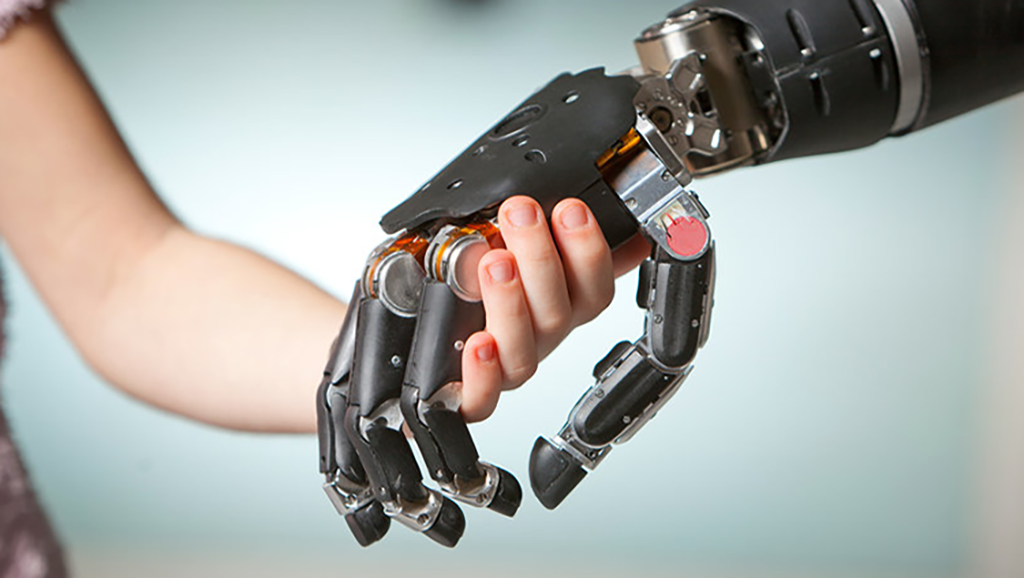
Knowing Neurons is an award-winning website by young neuroscientists. They make neuroscience accessible to anyone interested in learning about the brain. Delve into the mind via stories, infographics, interviews, and more!
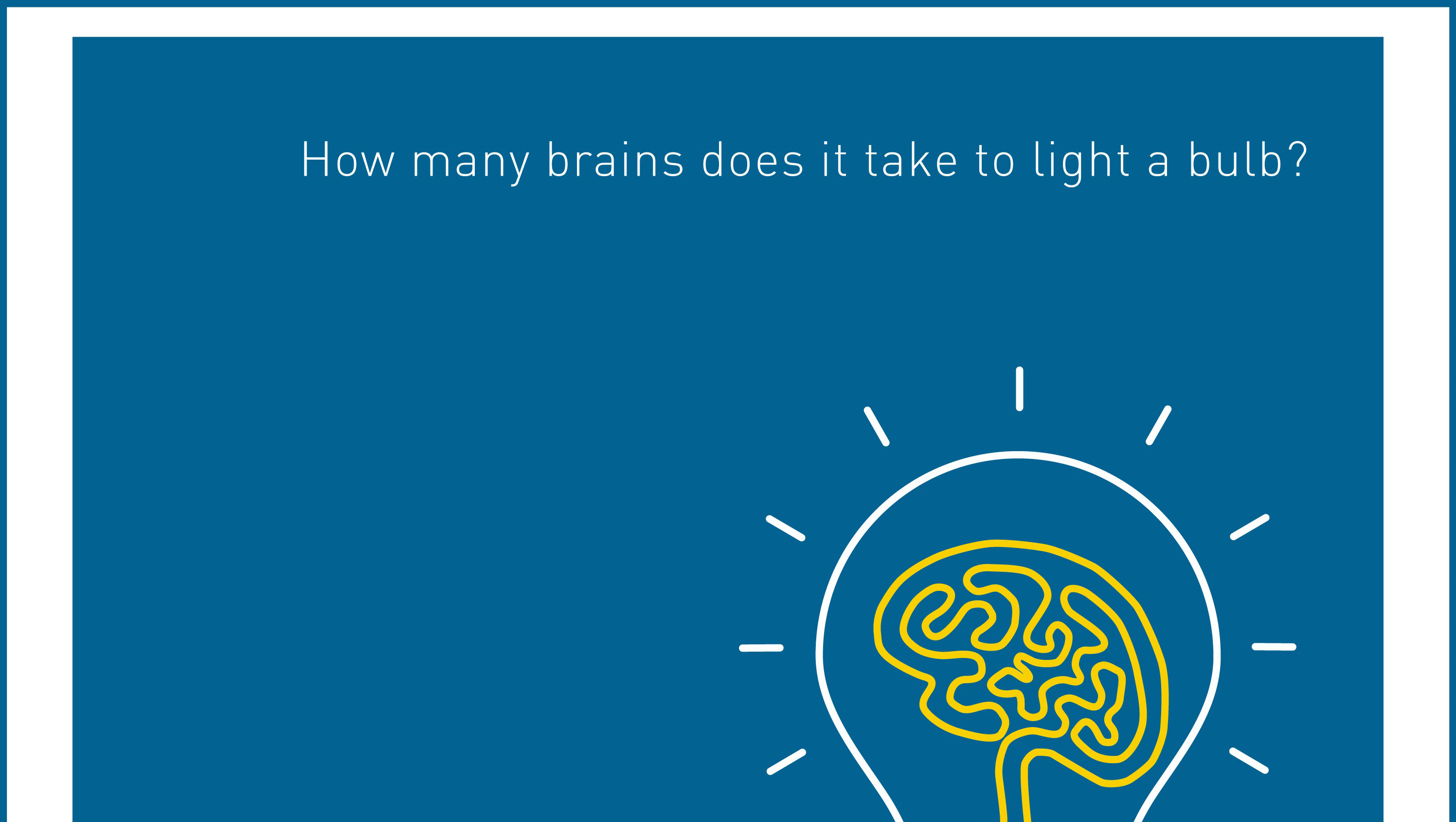
Did you know that over 18 percent of all U.S. adults and almost 50 percent of adolescents experienced mental illness in the past year? These are just two of the statistics recently released by the National Institute of Mental Health (NIMH) on the prevalence and treatment of different mental illnesses in the U.S. population. The NIMH website includes detailed statistics and interactive graphs for depression, autism, post-traumatic stress disorders, and many other mental illnesses.
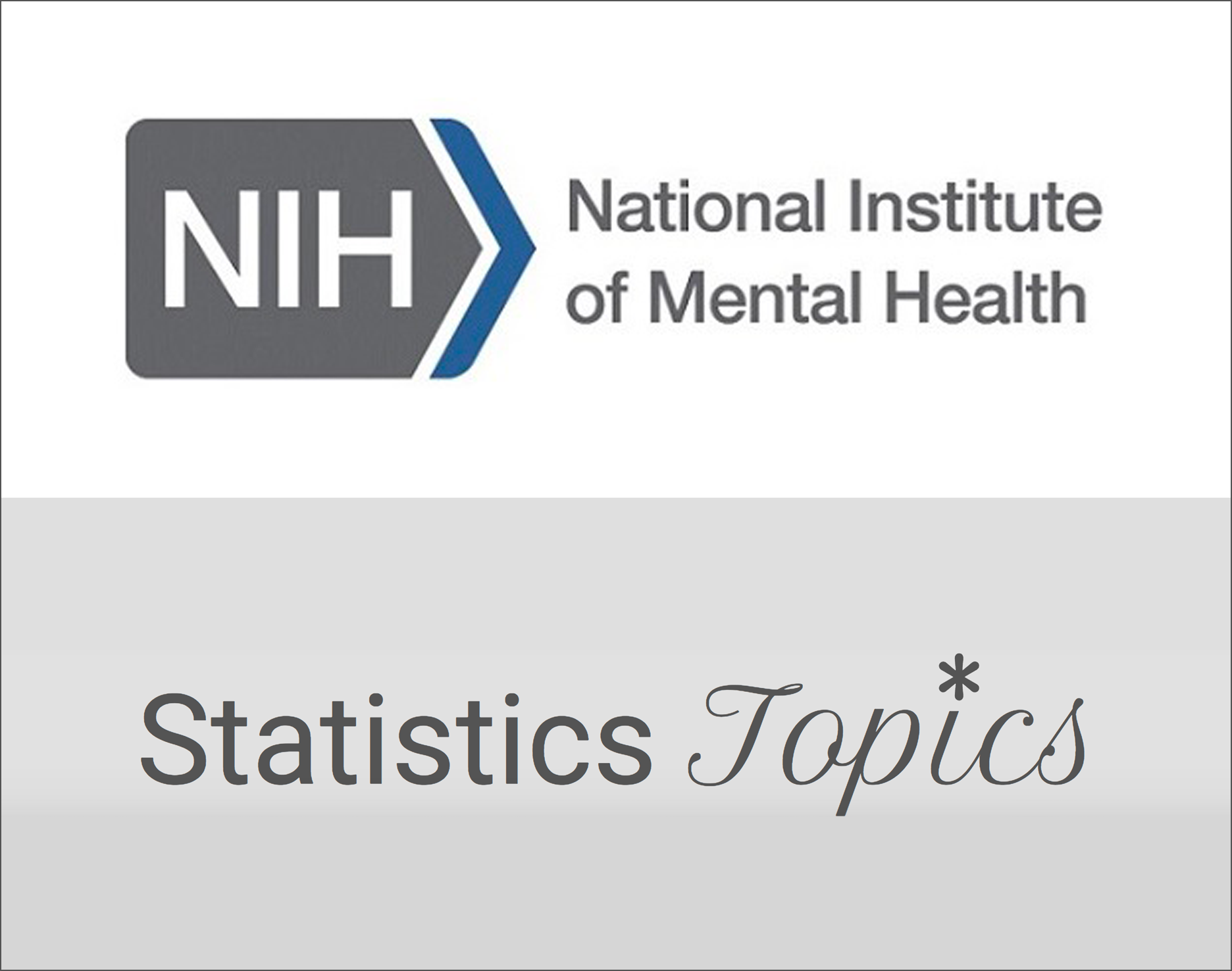
Brain Basics provides information on how the brain works, how mental illnesses are disorders of the brain, and ongoing research that helps us better understand and treat disorders.
